Ship to: Update

- Plants
- Fruit Trees
- Fruit Bushes
- Raspberry Bushes
Plants Filter
Current Filters
Mature Height
Sunlight
Plant Type
Raspberry Bushes
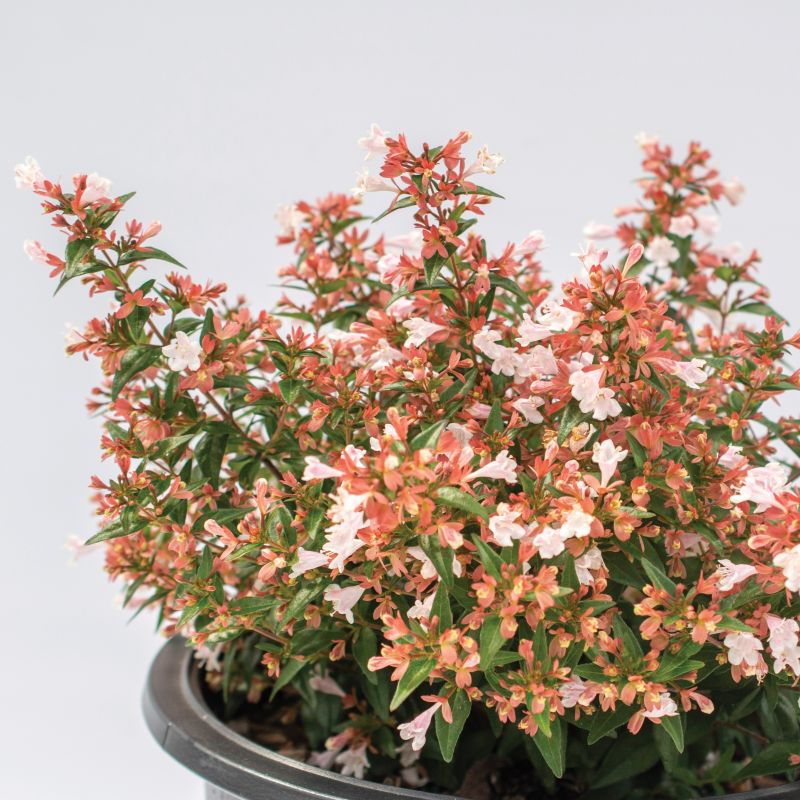
Abelia Raspberry Perfection
Out of Stock
30% Off

Bushel And Berry® Raspberry ' Shortcakes'
Out of Stock
30% Off
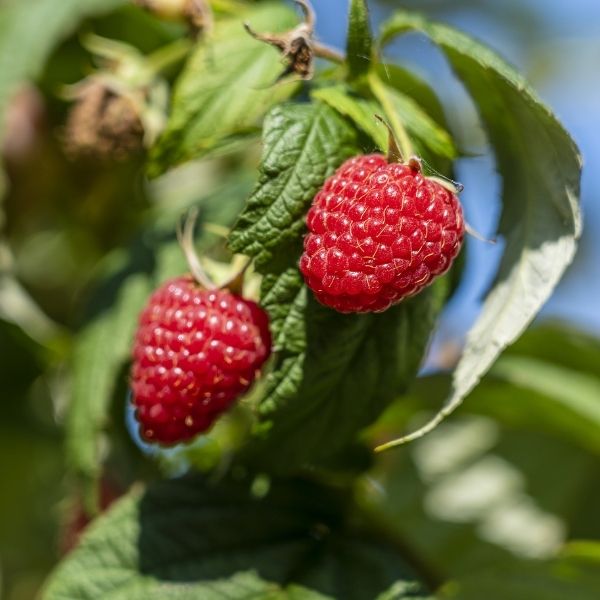
Ch Raspberry Thornless Caroline
Out of Stock
30% Off
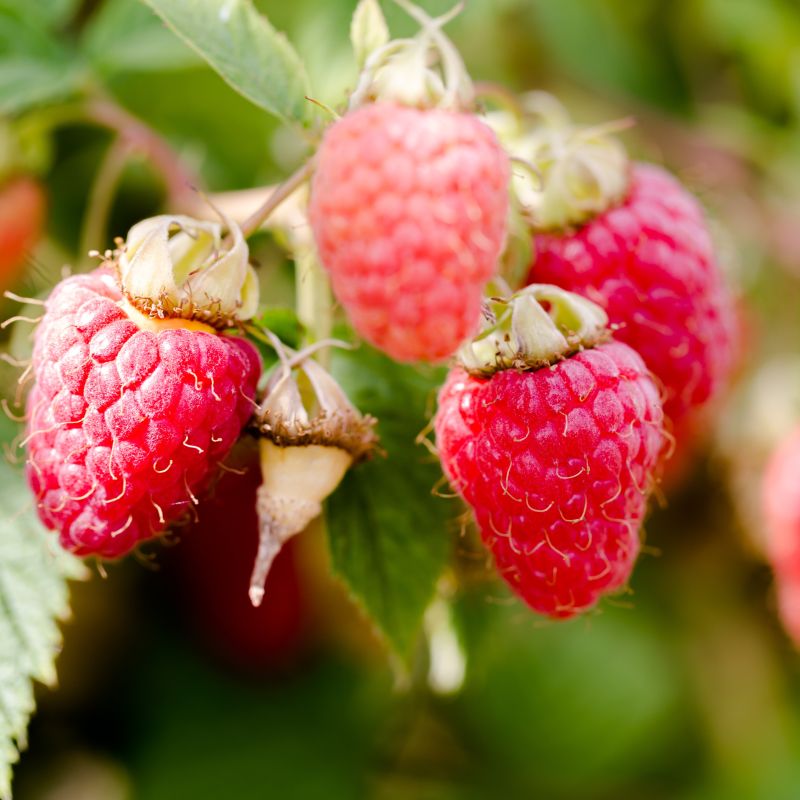
Heritage Raspberry
Out of Stock
30% Off

Raspberry Caroline
Out of Stock
30% Off

Shortcake Raspberry
Out of Stock
30% Off
Raspberry Bushes
Raspberry is a deciduous shrub belonging to the genus Rubus. It is native to Europe, but different species and cultivars are now grown worldwide. Raspberry plants are well-known for their delicious and juicy berries, which come in various colors, including red, black, yellow, and purple. The berries are rich in vitamins, minerals, and antioxidants, making them a popular addition to various culinary dishes and desserts.
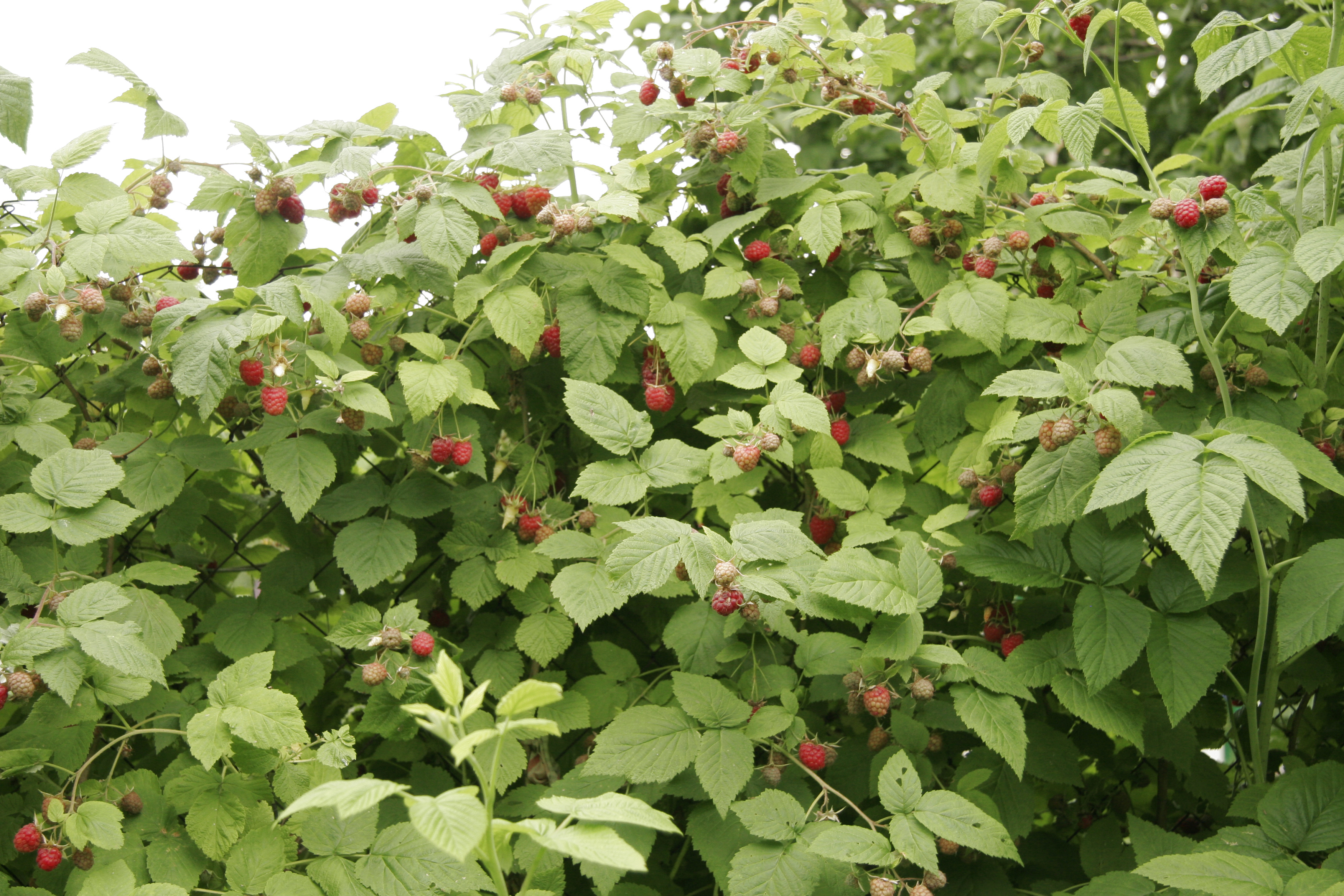
Varieties: There are several types of raspberries, and they are commonly classified into two main groups based on their fruiting habit:
- Summer-Bearing Raspberries: These varieties produce one crop of berries during the summer season.
- Everbearing (Fall-Bearing) Raspberries: These varieties produce two crops of berries, one in summer and another in the fall.
Some common varieties of raspberries include:
- Red Raspberries: Popular varieties include 'Heritage,' 'Willamette,' and 'Latham.'
- Black Raspberries: Common varieties include 'Bristol,' 'Jewel,' and 'MacBlack.'
- Yellow Raspberries: Popular varieties include 'Anne,' 'Golden Bliss,' and 'Honey Queen.'
- Purple Raspberries: Not as common as other colors, but 'Royalty' and 'Brandywine' are popular purple raspberry varieties.
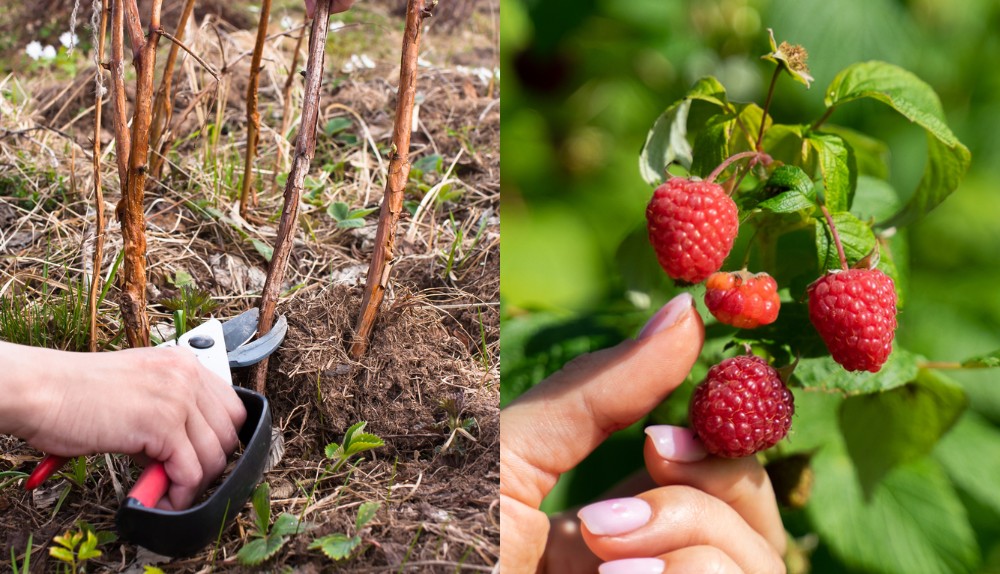
Care Tips:
- Location: Plant raspberry bushes in a spot with full sun to ensure optimal fruiting. They prefer well-draining soil rich in organic matter.
- Watering: Keep raspberry plants consistently moist, especially during fruiting periods. Avoid waterlogged conditions, as they can lead to root rot.
- Pruning: Prune raspberry plants regularly to remove dead or weak canes and to encourage new growth and fruit production. Summer-bearing raspberries should be pruned after fruiting, while everbearing raspberries can be pruned in early spring and after the fall harvest.
- Support: Provide support for raspberry canes to keep them upright and facilitate easier harvesting. Trellises or stakes are commonly used for this purpose.
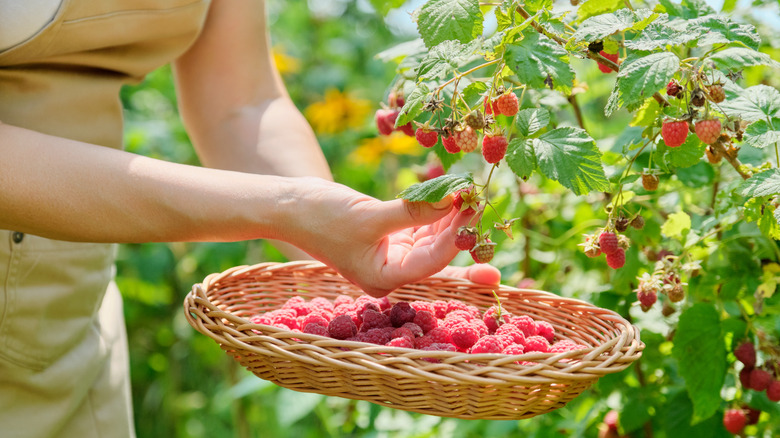
Uses:
- Edible Berries: Raspberries are delicious and nutritious berries that can be eaten fresh, used in desserts, made into jams, jellies, and sauces, or frozen for later use.
- Culinary Creations: Raspberries add flavor, color, and texture to a wide range of culinary creations, including pies, cakes, muffins, and salads.
- Preserves: Raspberries are commonly used to make preserves and can be canned or made into delicious raspberry jam.
- Beverages: Raspberry flavors are used in various beverages, including juices, smoothies, and cocktails.
- Wildlife Attraction: Raspberry plants attract pollinators like bees and provide food for birds and other wildlife.
Raspberries are delightful fruits, appreciated for their sweet-tart flavor and versatility in the kitchen. They are relatively easy to grow and can be a rewarding addition to home gardens. With proper care and maintenance, raspberry bushes can provide abundant harvests of delicious berries year after year.
Item has been added to your cart.

